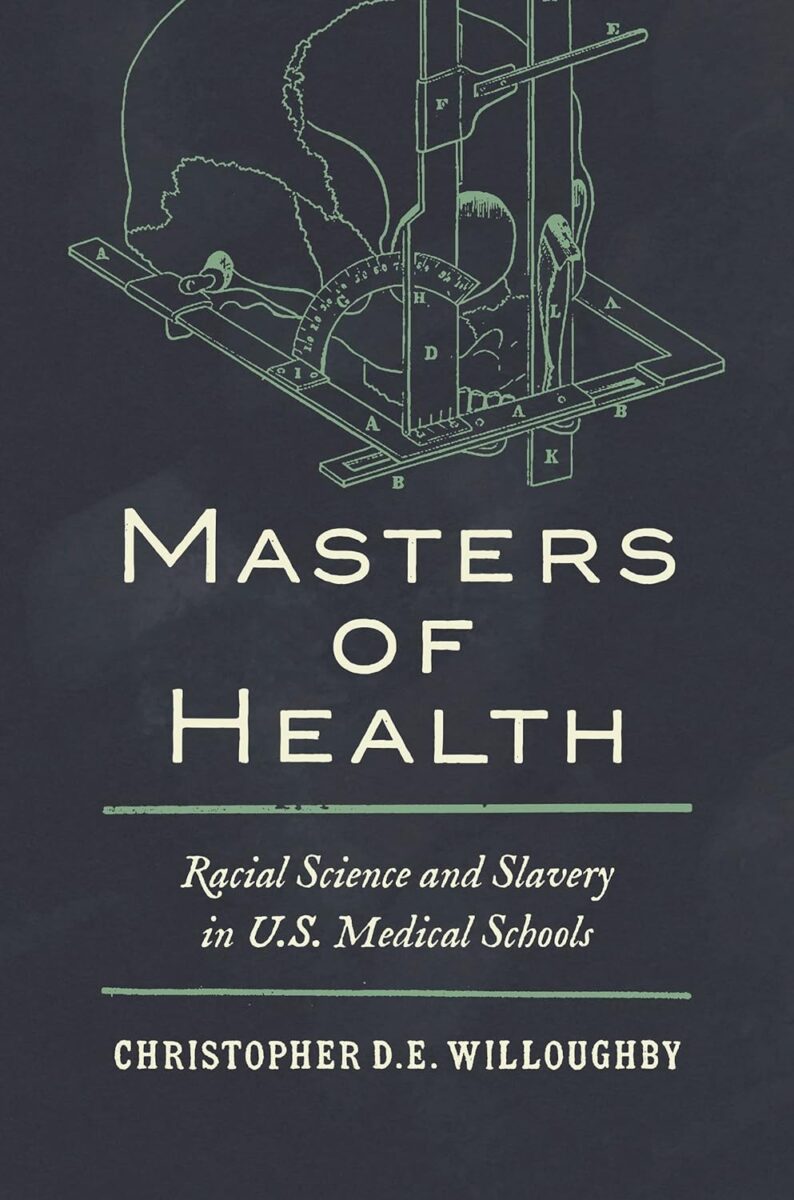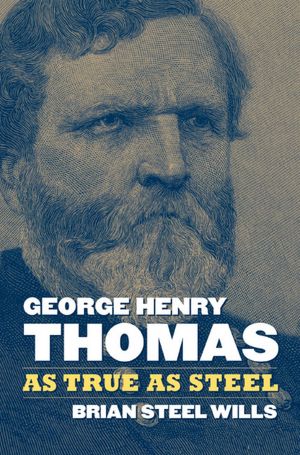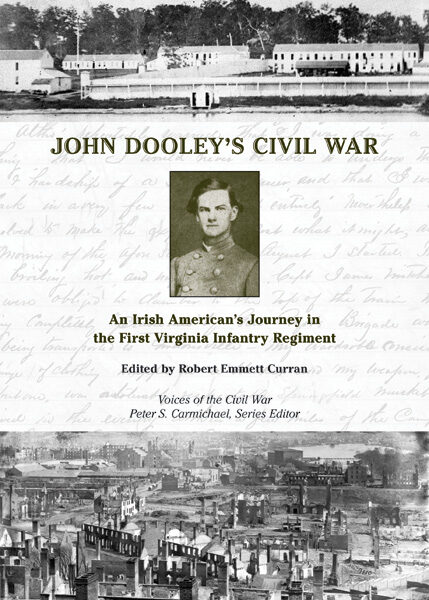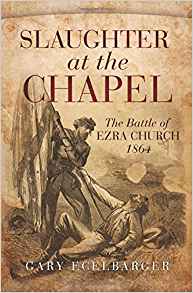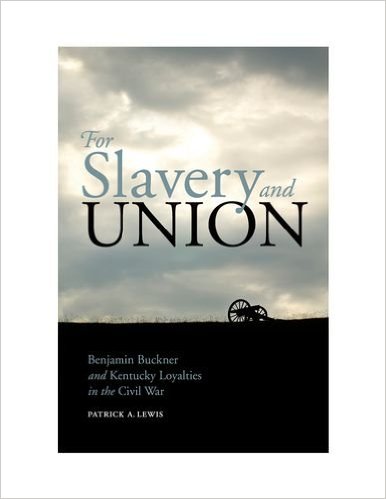In this eye-opening and meticulously researched study, historian Christopher D. E. Willoughby documents how racist ideas and practices stemming primarily from slavery affected the development of American medical schools and education in the antebellum era.
Willoughby shows how the theoretical learning and hand-on training received by would-be doctors at antebellum medical schools was profoundly shaped by slavery and white supremacy, so that most students came away from their medical education convinced that Black people were biologically distinct from and inferior to whites. Stealing and dissecting Black corpses, experimenting on living enslaved people, viewing ill-gotten anatomical specimens, and imbibing lectures from white supremacist intellectuals about topics such as polygenesis (the then-in-vogue notion white and Black people were different species) convinced a generation of American medical trainees that white supremacy was the “natural” product of biology and thus impervious to intellectual or moral challenges. In turn, with an outsized impact on American medicine more broadly, medical schools became powerful defenders of slavery and white supremacy, even as the institution of slavery (especially doctors’ patronage from enslavers) helped fuel the growth of allopathic American medicine.
Willoughby recounts a chilling story, told primarily through students’ lecture notes, museum records, medical journal articles, and the innovative use of over 4,000 medical students’ theses. These essays were written as a graduation requirement from medical schools. Few scholars have made use of these fascinating accounts, which Willoughby rightly spotlights as clear-eyed windows into the often-convoluted world of nineteenth century American medical ideas and practices. Willoughby’s admirable archival work—with research drawn from collections at Columbia, Harvard, the Medical College of South Carolina, Transylvania University, the University of Pennsylvania, and the University of Virginia, among other storied institutions—reveal how racism proliferated in nineteenth-century American medicine, leaving chilling ripple-effects that are still with us today.
This book is essential reading for historians of medicine and slavery and will benefit physicians, nurses, and medical educators. Willoughby’s intertwined depiction of the rise of American medical education and race science makes an invaluable contribution to our understanding of the development of American medicine.
Historians interested in sectionalism and the coming of the Civil War will also be interested in the links Willoughby uncovers between northern and southern medicine before the war. The previous assumption was that southern medical students were ill at home in northern institutions, where encounters with ideas like abolitionism might have alienated white southerners. According to this narrative, the coming of the Civil War drove southerners out of northern medical schools. Yet Willoughby finds the opposite. He convincingly argues that southerners felt more at home in northern medical schools during the 1840s and 1850s than historians have previously recognized, namely because northern medical school faculty and students also believed in and advocated for white supremacist medical beliefs and practices. Thus, “in a time of division, then, racial science allowed doctors to stay remarkable unified” (2). Northern and southern medical school faculty also repaired any broken professional connections quickly after the Civil War, perhaps illustrating an early chapter in the long process of sectional reconciliation.
Finally, scholars and students working in the already-robust and growing movement to document and repair the legacy of slavery at American colleges and universities can learn a lot from Willoughby’s sobering history. In recent years, numerous scholars and descendants have documented how nineteenth century American higher education was utterly dependent on slavery and benefitted heavily from the repugnant institution. Willoughby’s research underscores the intellectual (and moral) imperative for medical schools to grapple with this history as well.
Jonathan S. Jones is an assistant professor of history at James Madison University. His first book, Opium Slavery: Civil War Veterans and Addiction, is under contract with the University of North Carolina Press.
